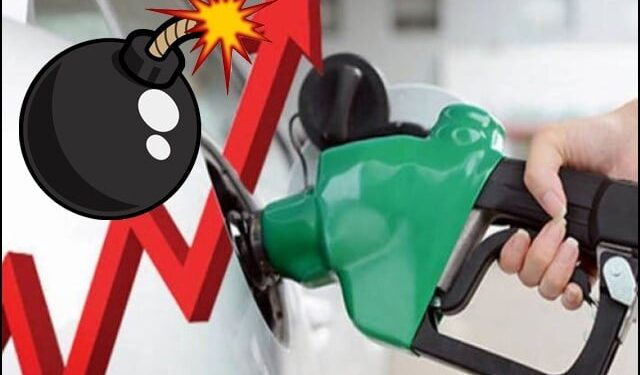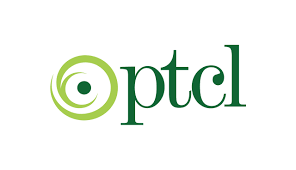Introduction: Fuel Prices Soar Once Again
In a significant development that will impact millions across Pakistan, the federal government has announced a substantial increase in petroleum product prices, effective immediately. A formal notification regarding the revised fuel prices has been issued by the Ministry of Finance, citing global oil market fluctuations and the depreciation of the Pakistani rupee as the primary reasons behind the latest hike.
This latest adjustment in fuel prices comes amid a period of rising inflation, increased transportation costs, and ongoing efforts by the government to meet budgetary and IMF-imposed fiscal targets for the 2025–26 financial year.
Revised Fuel Prices: Petrol and Diesel See Notable Surge
According to the Ministry of Finance’s official notification issued late Tuesday night:
- The price of high-speed diesel (HSD) has been increased by Rs 10.39 per liter, raising the rate from Rs 262.59 to Rs 272.98 per liter.
- The price of petrol has been raised by Rs 8.36 per liter, resulting in a new price of Rs 266.79, up from the previous Rs 258.43 per liter.
These revised prices are now in effect for the first fortnight of July 2025 and will remain valid until the next pricing cycle, subject to further adjustments based on international oil prices and exchange rate movements.
Key Reasons Behind the Hike in Petroleum Prices
1. Global Oil Market Volatility
The primary driver behind the recent spike in fuel prices is the increase in crude oil prices in the international market. Over the past month, Brent crude has surged past $86 per barrel, driven by:
- Concerns over geopolitical tensions in the Middle East.
- Supply disruptions in oil-producing countries.
- Cuts in output by OPEC+ nations aiming to stabilize global oil prices.
- Rising summer travel demand in major economies like the US and Europe.
Pakistan, which imports nearly 80% of its petroleum needs, is directly vulnerable to any upward movements in international oil prices.
2. Currency Depreciation
Another crucial factor is the depreciation of the Pakistani rupee against the US dollar. The rupee has weakened from Rs 278 to Rs 285 per USD in recent weeks, increasing the landing cost of imported petroleum. As oil imports are priced in dollars, a weaker rupee means that the same quantity of fuel now costs more in local currency, thereby justifying the price hike.
3. Implementation of Carbon Levy
In line with commitments made to the International Monetary Fund (IMF), the government has also introduced a carbon levy of Rs 2.50 per liter on petroleum products. This levy, part of the federal budget 2025–26, aims to:
- Promote environmental responsibility.
- Generate additional non-tax revenue for the government.
- Dissuade excessive fossil fuel consumption by reflecting the social cost of carbon emissions.
Economic and Social Impact of Fuel Price Hike
Impact on Transportation and Logistics
The increase in diesel prices is likely to have a direct effect on the cost of transportation and freight. High-speed diesel is the primary fuel used in:
- Trucks and heavy-duty vehicles
- Public buses
- Agricultural machinery
A rise in diesel prices typically leads to:
- Higher transportation costs of essential goods, including food items.
- A cascading effect on inflation, as input costs rise for many industries.
Inflationary Pressure
According to financial analysts, this fuel price adjustment is likely to:
- Push monthly inflation rates higher by at least 0.5 to 1 percentage points.
- Increase the cost of living for ordinary citizens.
- Create additional burdens for fixed-income households, especially in urban centers.
Government’s Rationale and Fiscal Strategy
The Ministry of Finance, in its statement, maintained that the revision in petroleum prices is part of a market-driven pricing mechanism introduced to ensure:
- Transparency in fuel pricing
- Pass-through of international price changes to local consumers
- Fiscal responsibility under the IMF Extended Fund Facility (EFF)
Moreover, with the government under pressure to reduce fuel subsidies and improve its revenue generation capacity, the new prices reflect the goal of recovering the full cost of fuel imports, while maintaining a balance with public welfare concerns.
Opposition Criticism and Public Backlash
The fuel price hike has drawn strong criticism from opposition parties, labor unions, and civil society organizations. Leaders from the PTI, PPP, and JUI-F condemned the move, calling it an “anti-poor” decision made under external pressure from global financial institutions.
Public reaction on social media platforms like Twitter (now X), Facebook, and WhatsApp groups has been overwhelmingly negative. Many users shared images of long queues at petrol stations ahead of the price hike, while others expressed frustration over the rising cost of daily commutes and essential commodities.
Comparative Perspective: Fuel Prices in the Region
Despite the recent hike, petrol and diesel prices in Pakistan are still relatively lower than in several neighboring countries. Here is a comparison:
| Country | Petrol Price (per liter) | Diesel Price (per liter) |
|---|---|---|
| Pakistan | Rs 266.79 | Rs 272.98 |
| India | Rs 302.14 (INR 113) | Rs 283.33 (INR 106) |
| Bangladesh | Rs 289.76 (BDT 112) | Rs 275.22 (BDT 106.5) |
| Sri Lanka | Rs 297.50 (LKR 325) | Rs 289.00 (LKR 315) |
However, income disparity and inflation levels differ greatly, meaning higher fuel prices have a much more severe impact on Pakistani consumers.
What to Expect in the Coming Weeks
Experts believe that if international oil prices remain volatile and the rupee continues to face pressure, further hikes in petroleum prices cannot be ruled out. However, much will depend on:
- Global crude oil benchmarks in the second half of July.
- IMF’s response to Pakistan’s revenue and subsidy targets.
- The domestic political climate, particularly ahead of the next budget review in September 2025.
Conclusion: Fuel Price Hike Highlights Economic Challenges
The government’s decision to increase petrol and diesel prices—though justified by international trends and fiscal requirements—highlights the fragile economic situation Pakistan continues to grapple with. From meeting IMF conditions to managing domestic inflation, the government is walking a tightrope between fiscal discipline and public affordability.
As citizens brace for the impact of higher transportation and utility costs, transparent communication, targeted relief for the most vulnerable, and a long-term energy diversification plan remain crucial to managing the crisis effectively.

























